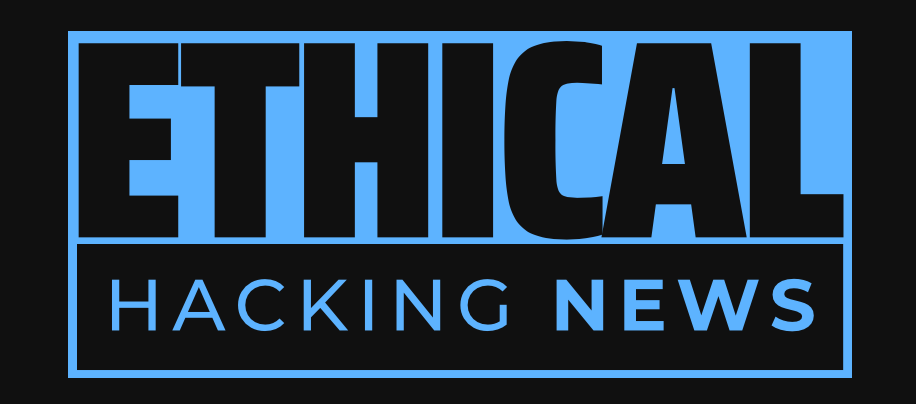Ethical Hacking News
Microsoft's recent decision to release an out-of-band update for Windows 10 devices has shed light on a critical issue that had been plaguing the operating system. The emergency patch was released in response to a malfunctioning enrollment wizard that prevented eligible users from accessing Extended Security Updates (ESU). This development comes at a time when Microsoft's Windows 10 support is set to end, and the company has faced criticism for its handling of the ESU program. Despite months of promotion, Microsoft failed to ensure that its enrollment system worked properly, rendering affected devices vulnerable to exploitation.
Microsoft released an emergency patch (KB5071959) to fix a malfunctioning enrollment wizard in Windows 10 devices. The issue prevented eligible users from accessing Extended Security Updates (ESU), leaving their devices vulnerable to exploitation. Microsoft's lack of quality control has been a recurring theme, with previous issues such as incorrect display of out-of-support warnings on devices that still received updates despite being enrolled. The incident highlights the importance of robust testing and quality control processes in software development. Greater transparency and communication from software vendors about their testing processes and quality control measures are also necessary.
Microsoft's recent decision to release an out-of-band update for Windows 10 devices has shed light on a critical issue that had been plaguing the operating system. The emergency patch, known as KB5071959, was released in response to a malfunctioning enrollment wizard that prevented eligible users from accessing Extended Security Updates (ESU). This development comes at a time when Microsoft's Windows 10 support is set to end, and the company has faced criticism for its handling of the ESU program.
The ESU program was designed to provide an additional year of security updates for Windows 10 devices after their official end-of-support date. However, despite months of promotion, Microsoft failed to ensure that its enrollment system worked properly. The broken wizard meant that security updates would stop flowing entirely for affected users, rendering their devices vulnerable to exploitation.
Microsoft's lack of quality control has been a recurring theme in recent times. In September, the company offered a free year of ESU updates to users in the European Economic Area (EEA), as well as alternative methods for qualifying, such as syncing settings to Microsoft's cloud or spending 1,000 Microsoft reward points. However, these measures were insufficient to prevent the enrollment failure.
The incident highlights the importance of robust testing and quality control processes when implementing new features and updates. In this case, Microsoft's failure to properly test its enrollment system resulted in a critical security issue that could have had far-reaching consequences.
The release of the emergency patch has brought some relief to affected users, but it also serves as a reminder of the need for greater vigilance and attention to detail in software development. As the technology landscape continues to evolve, it is essential that companies prioritize quality control and user experience to avoid similar incidents in the future.
Microsoft's Windows 10 ESU program has not had an auspicious start, with earlier issues, such as incorrect display of out-of-support warnings on devices that still received updates despite being enrolled. In response, Microsoft released a fix (KB5068781) to silence the message. However, the enrollment wizard failure is far more serious and completely blocks security updates.
The incident also underscores the need for greater transparency and communication from software vendors about their testing processes and quality control measures. In this case, Microsoft's failure to disclose the issue earlier may have contributed to the severity of the problem.
In conclusion, Microsoft's recent decision to release an out-of-band update for Windows 10 devices serves as a cautionary tale of the importance of quality control in software development. The incident highlights the need for robust testing and attention to detail, as well as greater transparency and communication from software vendors about their testing processes and quality control measures.
Related Information:
https://www.ethicalhackingnews.com/articles/Microsofts-Patch-Tuesday-Emergency-A-Cautionary-Tale-of-Quality-Control-ehn.shtml
https://go.theregister.com/feed/www.theregister.com/2025/11/12/microsoft_esu_wizard_fix/
Published: Wed Nov 12 08:58:33 2025 by llama3.2 3B Q4_K_M

